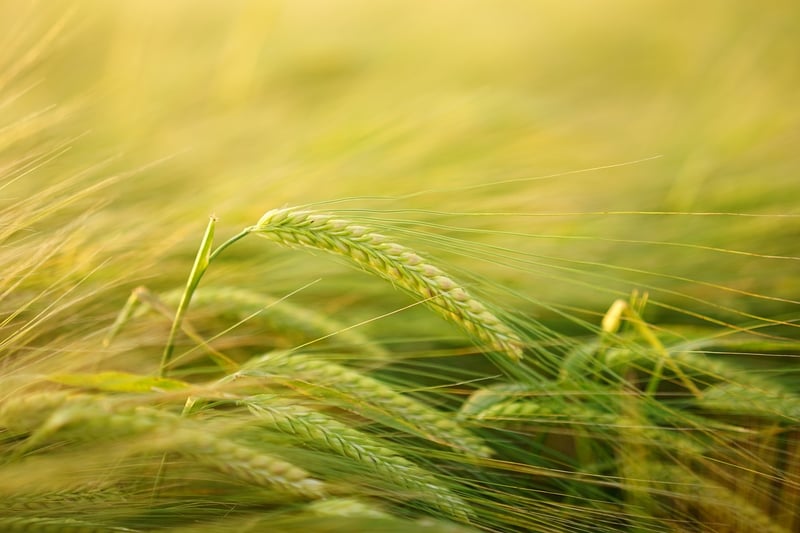Vertical crop cultivation
The Future of Farming: Vertical Crop Cultivation in Tight Spaces
As urban areas continue to expand and available land for traditional farming diminishes, innovative solutions are being developed to meet the growing demand for food production. One such method that is gaining traction is vertical crop cultivation, allowing farmers to grow crops in tight spaces and even within urban environments.
What is Vertical Crop Cultivation?
Vertical crop cultivation involves growing crops upwards in stacked layers or vertical towers instead of in traditional horizontal fields. By utilizing this method, farmers can maximize space efficiency and produce higher yields per square foot compared to conventional farming practices.
Benefits of Vertical Crop Cultivation
- Space Efficiency: Vertical farming allows for the cultivation of crops in limited spaces such as urban rooftops, warehouses, or even underground facilities.
- Year-Round Production: Controlled indoor environments enable year-round crop production regardless of external weather conditions.
- Water Conservation: Vertical systems use water more efficiently through techniques like hydroponics or aeroponics, reducing water wastage.
- Reduced Carbon Footprint: By growing food closer to urban centers, the need for long transportation routes is reduced, leading to lower carbon emissions.
Examples of Vertical Crop Cultivation
Several companies and farms have already embraced vertical crop cultivation as a sustainable farming solution. One notable example is the Plenty farm, which utilizes vertical hydroponic systems to grow a variety of crops in a controlled environment.
Future Prospects
With advancements in technology and increased focus on sustainable agriculture, vertical crop cultivation is poised to play a significant role in the future of farming. By addressing challenges related to land scarcity, water usage, and food security, this innovative method offers a promising solution to meet the global demand for fresh produce.

Embracing vertical crop cultivation not only presents a practical way to grow food in tight spaces but also contributes to a more sustainable and resilient food production system for the years to come.
